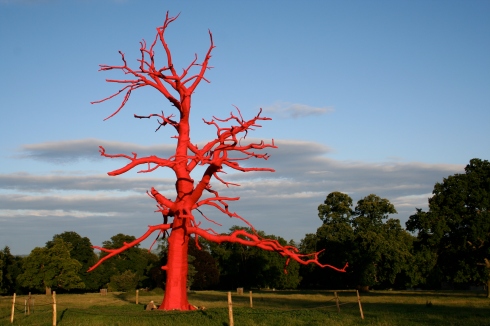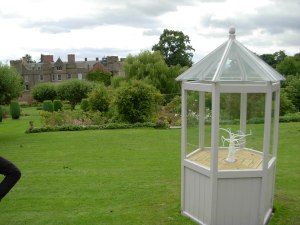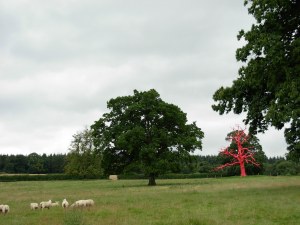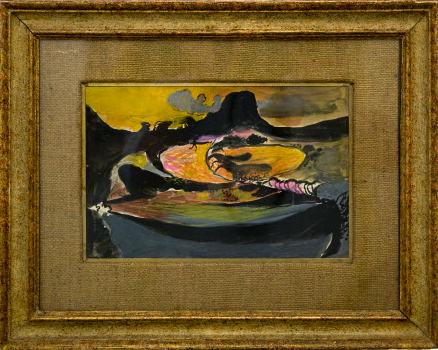
Graham Sutherland, Welsh Landscape, 1948 Picture credit: National Trust Collections
The London Group at 100
Mottisfont, Hampshire
9 February – 21 April 2013
This weekend is the last chance to see The London Group at 100 exhibition at Mottisfont in Hampshire. Download a voucher from the Mottisfont website to enjoy free entry to both the exhibition and the house as well as the daffodil filled gardens and countryside trails this weekend only!
From its beginnings as a medieval priory, Mottisfont has evolved through the centuries into a Georgian country house that was to be the idyllic mid-twentieth century retreat of Gilbert and Maud Russell and their fashionable London friends, including many celebrated artists of the day. Painter and art collector Derek Hill was so enchanted by this place that he later left part of his twentieth-century art collection to Mottisfont. These wonderful painterly gems can usually be found dotted around the rooms of the house, sometimes in slightly out of the way places.
The London Group at 100 is a celebration of both the origins and the continuation of the London Group of contemporary artists. Created one hundred years ago by 32 artists, the London Group was formed with an exhibition-centred outlook as an alternative to the often conservative art institution. Many of the Mottisfont Derek Hill Collection paintings are by London Group artists, and these paintings have been brought together especially for this exhibition. Landscapes, townscapes and portraits are depicted in either pencil, ink and gouache on paper or oil on canvas or board. The founding and early London Group artists approached these traditional subjects and mediums in a variety of avant-garde ways. Drawings and paintings by Walter Sickert, Roger Fry, Duncan Grant, Vanessa Bell, Graham Sutherland, and Michael Andrews among others hang in chronological order according to the date they joined the London Group.
The exhibition opens into a succession of gallery rooms filled with contemporary art by artists who are members of the London Group today. Paintings, sculpture, photography and film works by over 40 artists are placed throughout these rooms. The colours and imagery are overwhelmingly twenty-first century and reveal something of the transition from the relatively muted colours and subject matter of the earlier paintings which are so strikingly of their time.
In the gardens at Mottisfont are two mosaics created in situ by London Group founder member Boris Anrep including one portraying his lover Maud Russell as an angel.

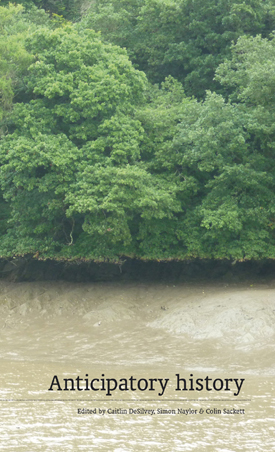
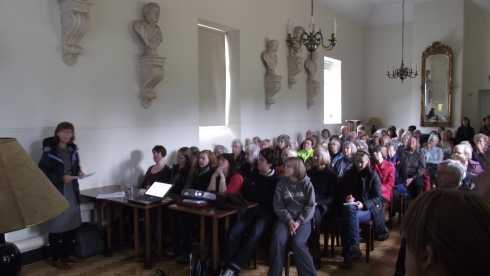
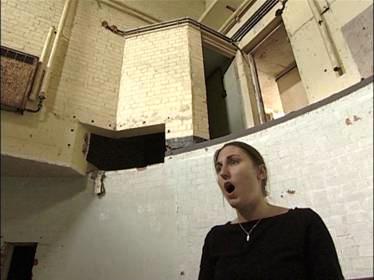
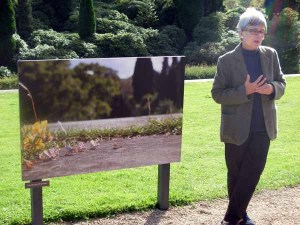
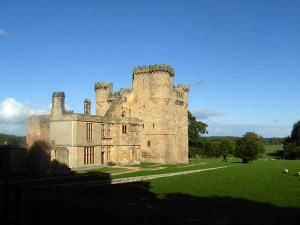
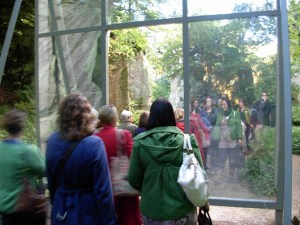
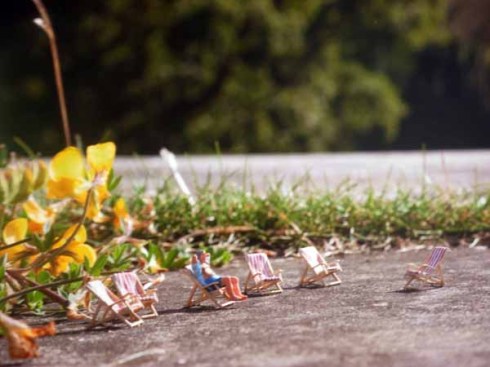
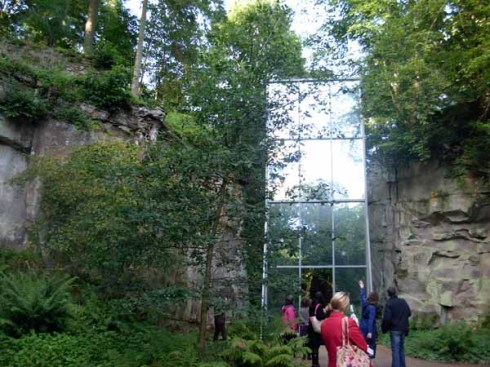
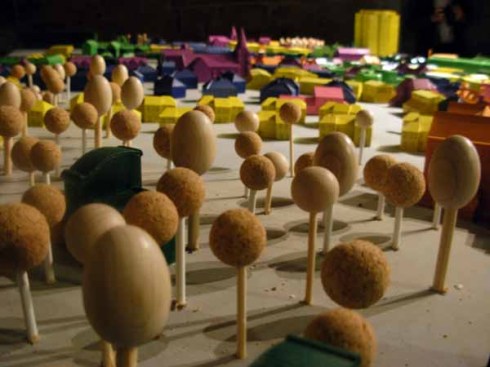
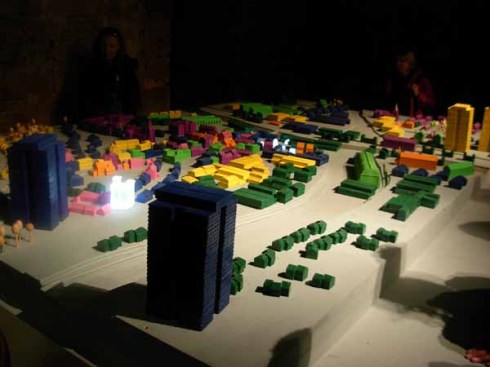
 , Juneau / projects and Clare Woods.
, Juneau / projects and Clare Woods.